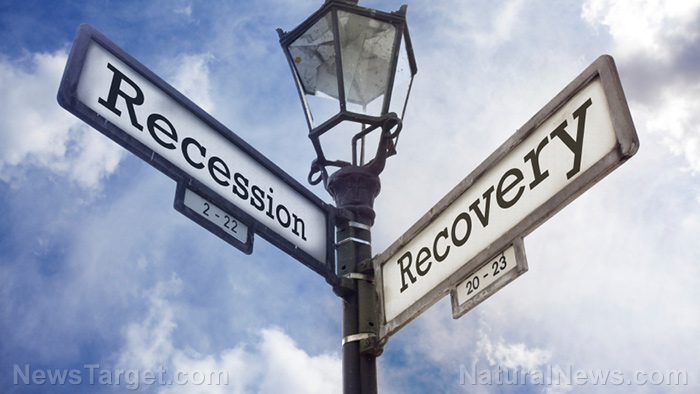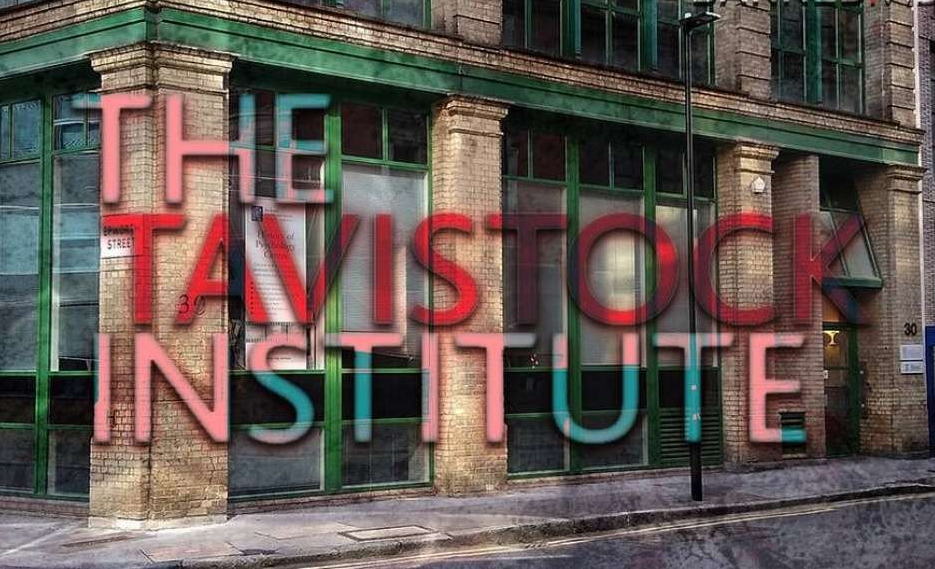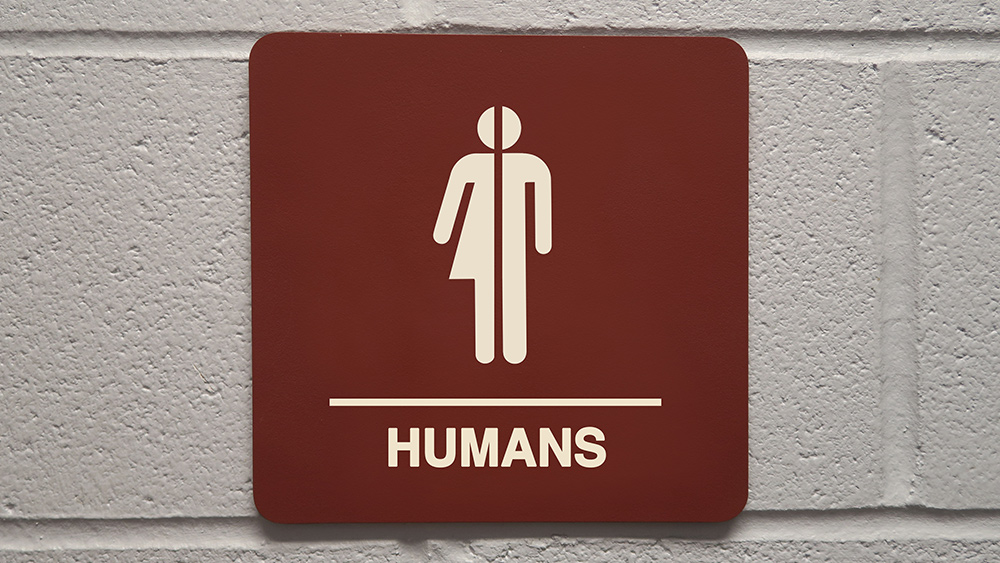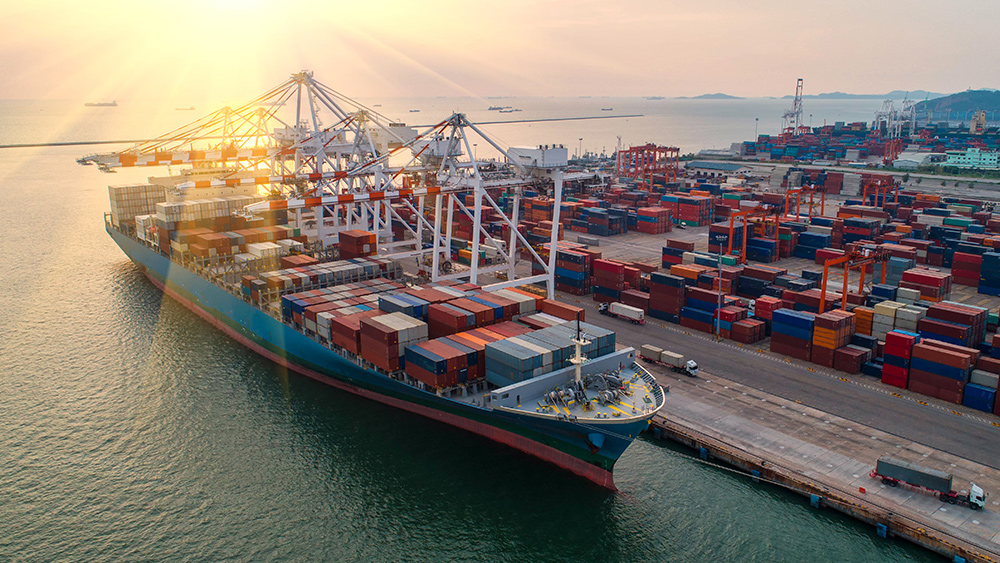 Parler
Parler Gab
Gab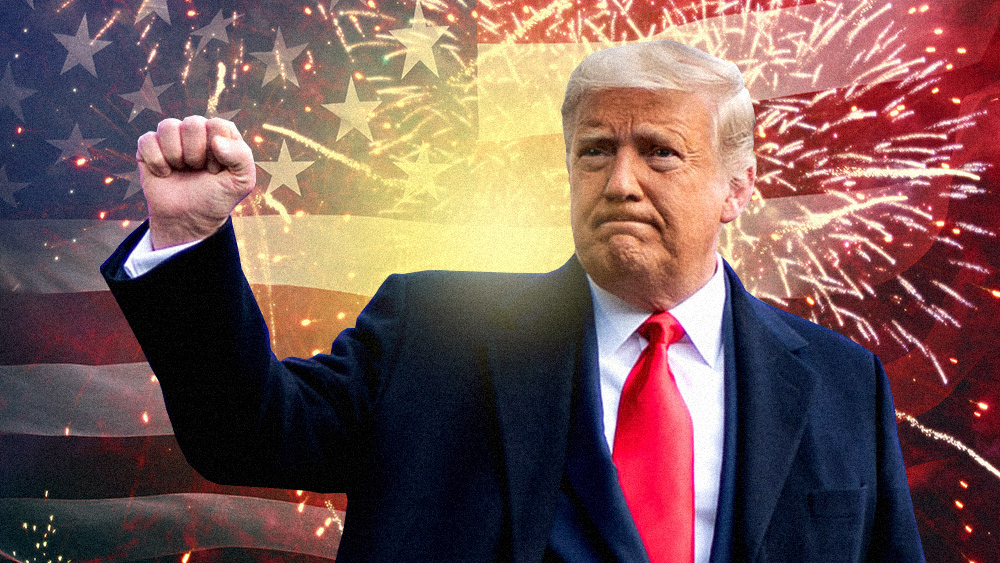
- President Donald Trump’s approval rating rose to 53%, with notable gains among young voters (+13%), Black Americans (+17%) and even some Democratic-leaning independents (+6%) following new tariffs on foreign imports.
- Despite market volatility, voters increasingly support Trump’s trade policies, with 36% approving of the 10% baseline tariff on imports — seen as a "necessary corrective measure" for American economic sovereignty.
- China retaliated with a 34% tariff, pushing total U.S. tariffs on Chinese goods to 54%. Critics warn of increased costs for households (estimated at $3,500 annually), but Trump frames the turmoil as a short-term sacrifice for long-term gains.
- Despite past skepticism, union members and manufacturing workers are rallying behind Trump due to job growth and wage increases, reinforcing his populist appeal in key industrial regions.
- Trump’s trade tactics mirror Reagan’s 1980s protectionist moves, emphasizing a reset of "lopsided deals" like NAFTA. His unflinching stance bolsters his "America First" brand, prioritizing voter sentiment over Wall Street concerns.
Polling points to strong public backing for trade overhaul
The DailyMail.com survey, conducted from March 31 to April 3, reveals a 4% bump in Trump’s approval rating — jumping from 49% to 53%—just days after the "Liberation Day" tariffs took effect. The surge is particularly pronounced among young voters (up 13% since March 7), black Americans (a 17% spike in just one week) and even traditional Democratic-leaning independents, who showed a 6-point increase in approval. The data suggests that while Wall Street recoils at the economic uncertainty, Main Street voters increasingly see Trump’s tariffs as a necessary corrective measure. As Kelly Ann Shaw, a former White House trade adviser, remarked, this is "the single biggest trade action of our lifetime." Political analysts note that this surge aligns with Trump’s long-standing populist appeal, particularly among union workers and manufacturing hubs that have struggled under decades of offshoring. Despite the volatility, many voters view the tariffs as a bold move to reclaim American economic independence, reinforcing Trump’s reputation as a leader willing to take on global elites.How the tariffs work — and who’s pushing back
The new policy imposes a baseline 10% tariff on imports from nations like Australia, Britain and Saudi Arabia, with steeper reciprocal rates (ranging from 11% to 50%) on China, the EU and others. China’s imports now face a staggering 54% total tariff after Beijing retaliated with its own 34% surcharge. Critics warn of economic pain for American families, with the conservative group Advancing American Freedom estimating the tariffs could cost households $3,500 annually. Yet polling shows 36% of voters support the 10% minimum tariff, while only 28% oppose it — a sign that skepticism of globalization persists. Trump’s strategy hinges on forcing negotiations, as evidenced by Vietnam’s rapid willingness to discuss lowering its 46% tariff. "ONLY THE WEAK WILL FAIL!" Trump declared on Truth Social as markets plunged, framing the turmoil as a temporary sacrifice for long-term gains.Historical echoes: Protectionism and political capital
The Trump administration’s tactics are not unprecedented. In the 1980s, Ronald Reagan imposed tariffs on Japanese electronics and autos to address trade imbalances—a move that initially rattled markets but ultimately bolstered domestic manufacturing. Similarly, Trump’s supporters argue that decades of lopsided trade deals—like NAFTA and China’s WTO entry—demand a reset, even at short-term cost. China’s furious response underscores the high-stakes gamble. "This is not in line with international trade rules," Beijing’s Finance Ministry stated, labeling the tariffs "unilateral bullying." Yet Trump, undeterred, fired back: "China played it wrong, they panicked—the one thing they cannot afford to do!"Trade defiance boosts job growth and union support
Amid escalating tensions, recent labor reports show surprising resilience in manufacturing employment, particularly in the Midwest. Key union leaders, long skeptical of Trump, have begun softening their stance as steel and auto plants announce expansions. Even after backing changes to union dues, Trump’s popularity among blue-collar workers remains strong, a testament to his messaging on reshoring jobs and wage growth. President Trump’s approval rebound amid market chaos underscores a deepening divide between financial elites and working-class voters who prioritize economic sovereignty over Wall Street stability. While analysts debate whether the tariffs will ultimately revive U.S. industry or trigger inflation, one reality is clear: Trump’s base sees his unflinching stance as a fulfillment of his "America First" promise. As global tensions escalate, the White House appears confident that voter sentiment — not stock tickers — will dictate the success of this high-stakes economic revolt. For now, the numbers suggest they may be right. By defying conventional wisdom, Trump has once again proven that his political survival hinges on keeping faith with the voters who see him as their champion against a rigged system—even if the financial world trembles in response. Sources include: YourNews.com DailyMail.com ABCNews.comHedge fund giant warns of global financial crisis amid U.S. tariff turmoil and debt risks
By Willow Tohi // Share
Hungary passes constitutional amendment affirming that there are only TWO GENDERS
By Ramon Tomey // Share
Trump imposes staggering 104% tariffs on all Chinese imports, escalating trade war
By Laura Harris // Share
8 U.S. states may EXPAND vaccine exemptions in 2025, and parents have many reasons to STOP THE SHOTS
By Lance D Johnson // Share
Global maritime carbon tax sparks debate over economic freedom and climate ambition
By Willow Tohi // Share
Governments continue to obscure COVID-19 vaccine data amid rising concerns over excess deaths
By patricklewis // Share
Tech giant Microsoft backs EXTINCTION with its support of carbon capture programs
By ramontomeydw // Share
Germany to resume arms exports to Israel despite repeated ceasefire violations
By isabelle // Share
